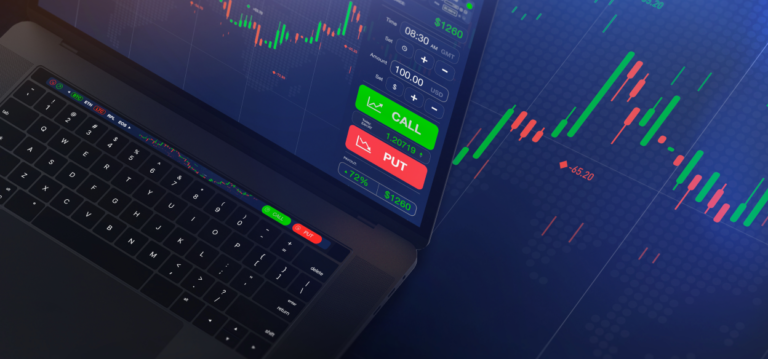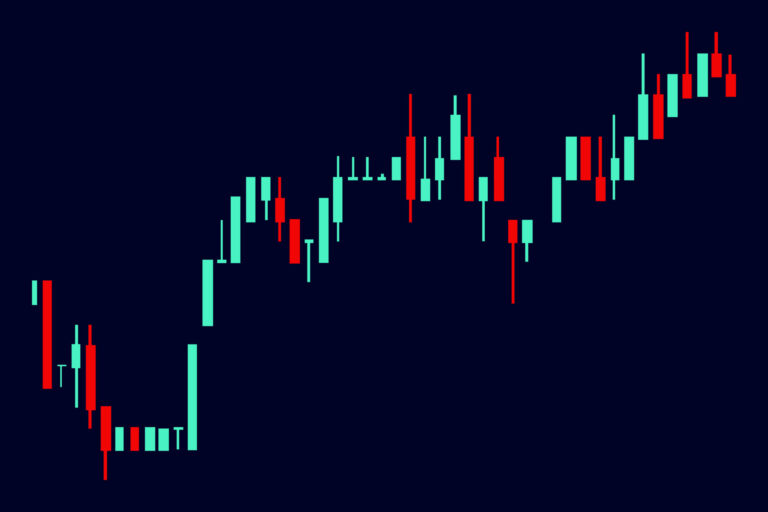There are several ways to make money on Binance, one of the largest cryptocurrency exchanges. In this post we highlight 10 simple ways to make money on Binance. These methods cater to different risk appetites, skill levels, and investment strategies. Here’s an overview of the most common ways to earn on Binance:
1. Spot Trading
- What it is: Buying and selling cryptocurrencies at the current market price.
- How to earn:
- Buy low and sell high (e.g., buy Bitcoin during a dip and sell when its price increases).
- Leverage technical analysis and market trends for better trade timing.
- Risks: Volatility can lead to significant losses if prices move against your position.
- Why it’s profitable: Allows traders to capitalize on market movements by buying low and selling high.
- Who it’s for: Ideal for beginners and experienced traders with a good grasp of technical analysis.
- Tips: Focus on high-liquidity pairs like BTC/USDT or ETH/USDT.
2. Futures Trading
- What it is: Trading contracts that speculate on the future price of cryptocurrencies without owning the underlying asset.
- How to earn:
- Profit from both rising (long) and falling (short) markets.
- Use leverage to magnify potential gains.
- Risks: High leverage increases exposure and can lead to substantial losses.
- Why it’s profitable: Offers the ability to profit from both rising and falling markets with leverage to amplify gains.
- Who it’s for: Experienced traders with a strong understanding of risk management.
- Tips: Use leverage cautiously and set stop-loss orders.
3. Binance Earn (Savings and DeFi)
- What it is: A suite of products that allows users to earn passive income on their crypto holdings.
- How to earn:
- Flexible Savings: Deposit crypto into interest-bearing accounts with no lock-up period.
- Locked Savings: Lock funds for a fixed duration to earn higher interest rates.
- Liquidity Farming: Provide liquidity to trading pairs for rewards in Binance’s DeFi ecosystem.
- Risks: Interest rates can fluctuate, and there’s some risk associated with DeFi protocols.
- Why it’s profitable: Allows for flexible or locked savings options, with interest rates that can outperform traditional savings accounts.
- Who it’s for: Investors looking for steady, passive income with lower risk.
- Tips: Consider high-yield tokens but weigh the risks of locking funds during volatile markets.
4. Binance Launchpad
- What it is: A platform for participating in new cryptocurrency projects through token sales or Initial Exchange Offerings (IEOs).
- How to earn:
- Buy tokens at the early launch price and sell them later when their value increases.
- Risks: Not all projects succeed, and token prices can fall after the initial hype.
- Why it’s profitable: Early access to promising projects through Initial Exchange Offerings (IEOs) can lead to massive returns if the token appreciates.
- Who it’s for: Investors willing to research and take calculated risks on new projects.
- Tips: Participate in Launchpad events for tokens with strong backing and utility.
5. Affiliate and Referral Programs
- What it is: Earning commissions by referring others to Binance.
- How to earn:
- Share your unique referral link with others.
- Earn a percentage of the trading fees paid by those who sign up using your link.
- Risks: Dependent on your ability to attract active traders.
- Why it’s profitable: Generate consistent commissions from the trading activity of referred users.
- Who it’s for: Content creators, influencers, and community builders with a large audience.
- Tips: Educate your audience about Binance features to increase their engagement.
6. P2P Trading
- What it is: Buying and selling cryptocurrency directly with other users on Binance’s Peer-to-Peer platform.
- How to earn:
- Act as a market maker by buying low and selling high.
- Use arbitrage opportunities across different platforms.
- Risks: Potential for disputes or scams if trades are not properly managed.
- Why it’s profitable: Exploit price discrepancies between Binance and local markets, especially in regions with fiat currency constraints.
- Who it’s for: Traders adept at arbitrage opportunities.
- Tips: Be mindful of transaction fees and only trade with verified users to avoid scams.
7. Trading Bots
- What it is: Using automated tools to trade on your behalf.
- How to earn:
- Program bots to execute buy/sell orders based on specific criteria.
- Suitable for high-frequency trading or arbitrage.
- Risks: Poorly programmed bots can lead to significant losses.
- Why it’s profitable: Automated trading strategies can capitalize on small price movements across multiple trading pairs 24/7.
- Who it’s for: Traders comfortable with technology and pre-programmed strategies.
- Tips: Optimize bot settings for current market conditions and start with small amounts.
8. Staking
- What it is: Locking up your cryptocurrency to support blockchain networks in exchange for rewards.
- How to earn:
- Stake supported coins like Ethereum, Cardano, or Solana on Binance to receive staking rewards (often in the staked cryptocurrency).
- Flexible and locked staking options are available.
- Risks: Market volatility may reduce the value of your staked assets.
- Why it’s profitable: Earn passive income by staking supported cryptocurrencies, with potential annual yields ranging from 5% to 20%.
- Who it’s for: Long-term investors looking to earn on idle assets.
- Tips: Stake coins with strong fundamentals and lower volatility.
9. HODLing
- What it is: Simply holding onto your cryptocurrency in anticipation of long-term price appreciation.
- How to earn:
- Buy promising assets and wait for their value to increase.
- Risks: Prolonged bear markets can lead to unrealized losses.
- Why it’s profitable: Holding top cryptocurrencies like Bitcoin and Ethereum over the long term often leads to significant appreciation.
- Who it’s for: Investors with a long-term perspective and a high risk tolerance.
- Tips: Use dollar-cost averaging (DCA) to minimize risks of buying during market peaks.
10. Market Arbitrage
- What it is: Exploiting price differences for the same asset across different platforms or trading pairs.
- How to earn:
- Buy crypto at a lower price on one platform and sell it at a higher price on another.
- Risks: c
- Why it’s profitable: Exploits price differences of the same asset on different exchanges for low-risk profits.
Who it’s for: Traders with access to multiple exchanges and significant capital.
Tips: Use bots for speed, calculate fees precisely, and prioritize liquid markets to avoid slippage.
Tips for Success:
- Understand the Risks: Crypto is highly volatile, and losses are possible in every method.
- Diversify: Avoid putting all your funds into one strategy.
- Research: Stay updated on market trends and new opportunities.
- Start Small: Experiment with smaller amounts before scaling up.
Each method requires varying levels of expertise, capital, and time commitment. Choose the ones that align with your goals and risk tolerance.






